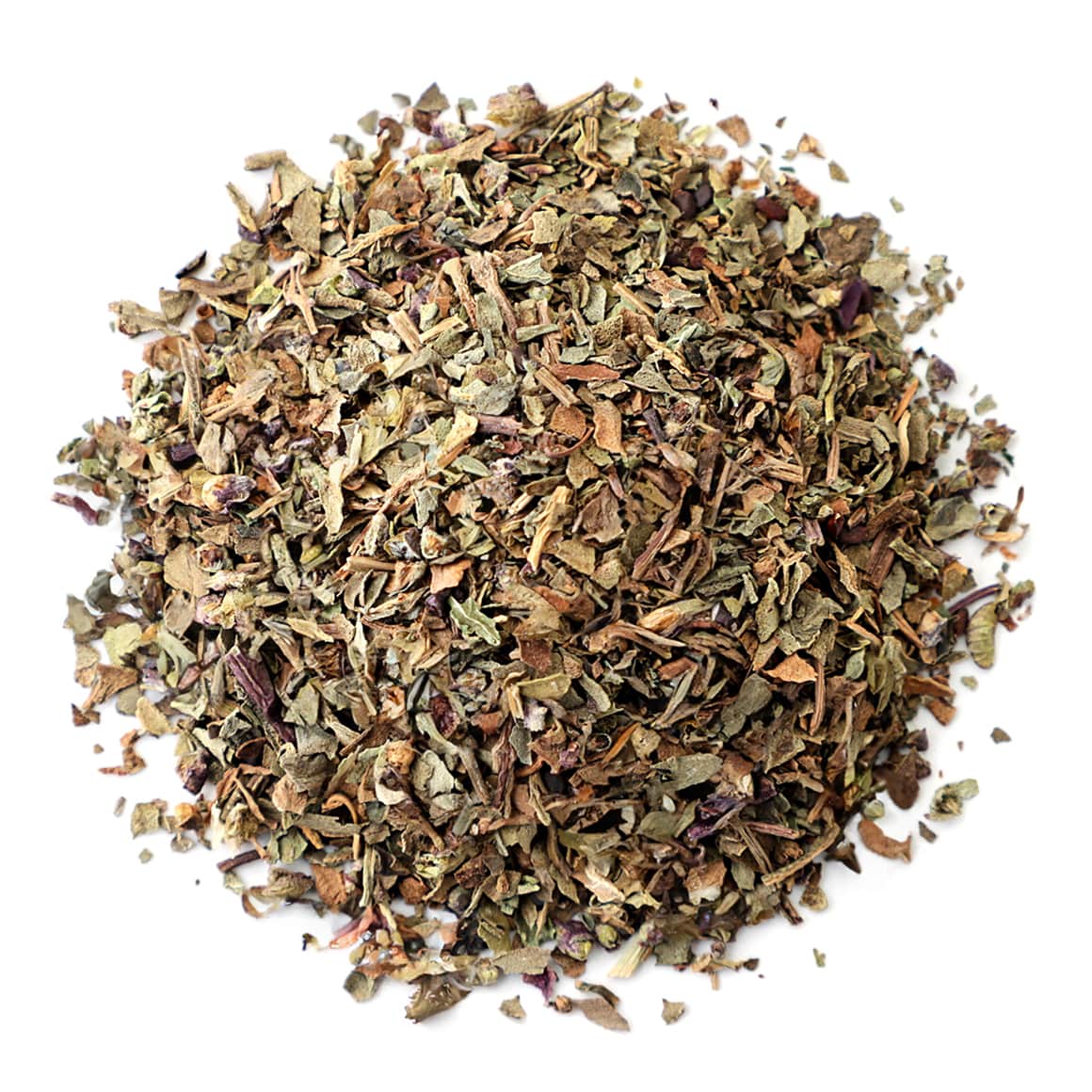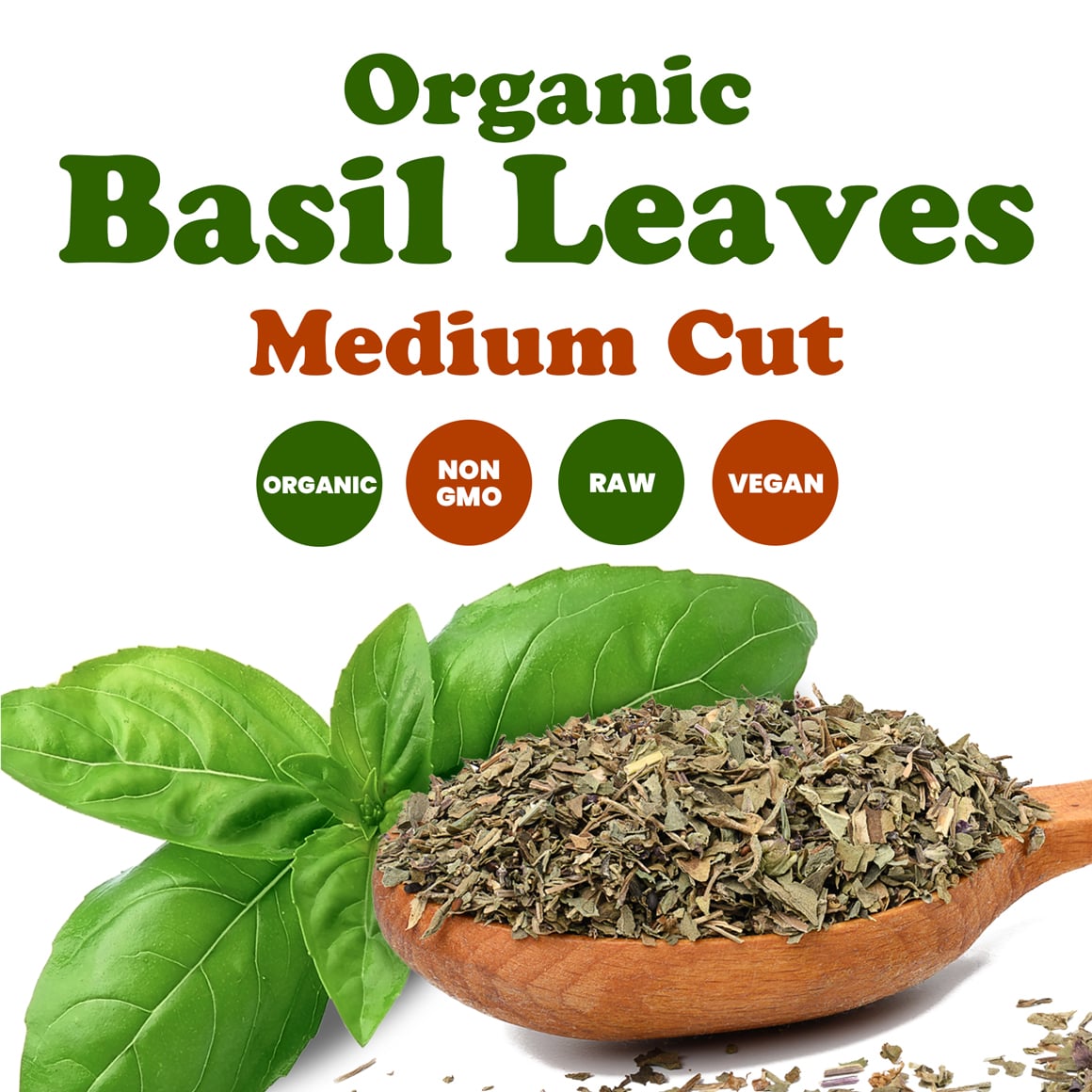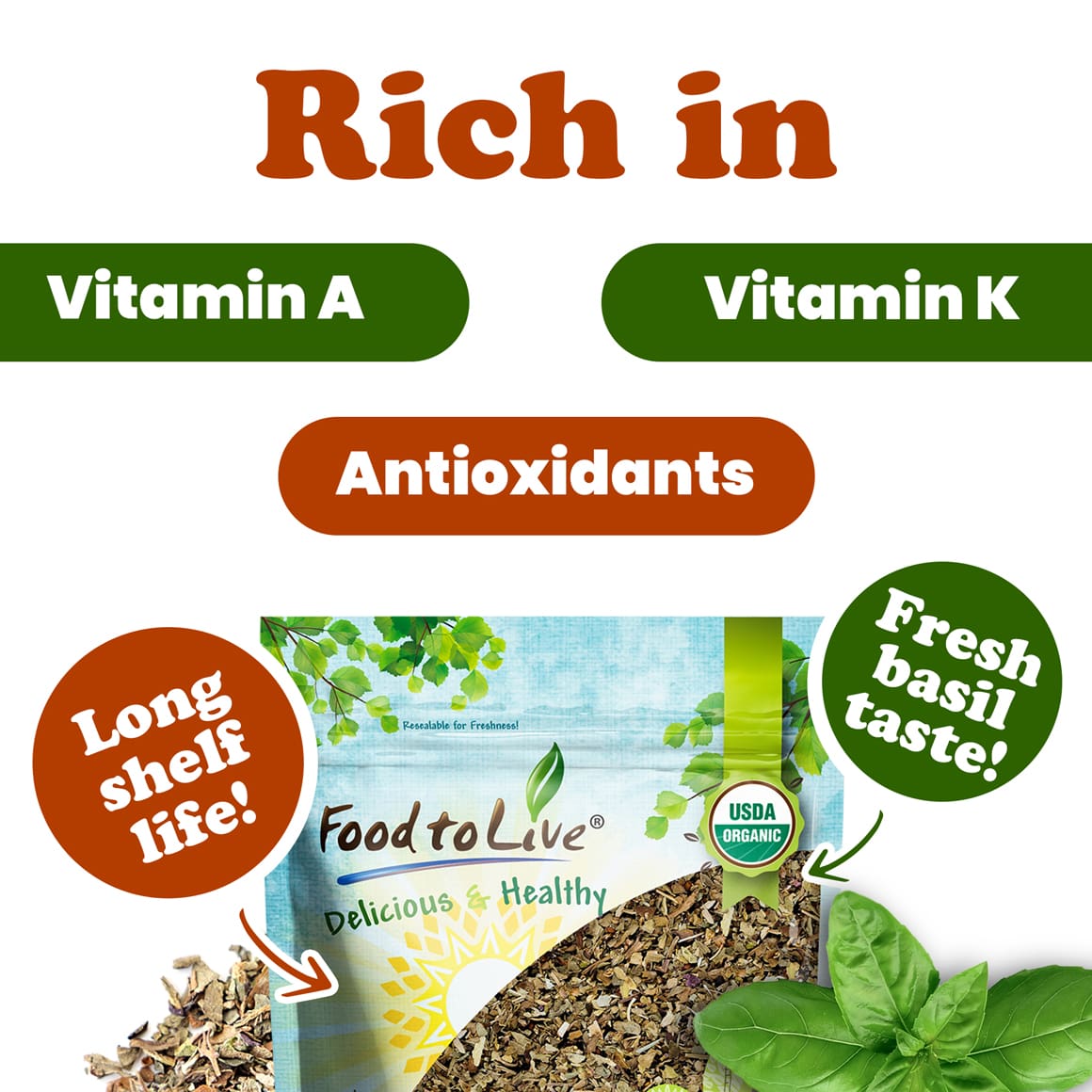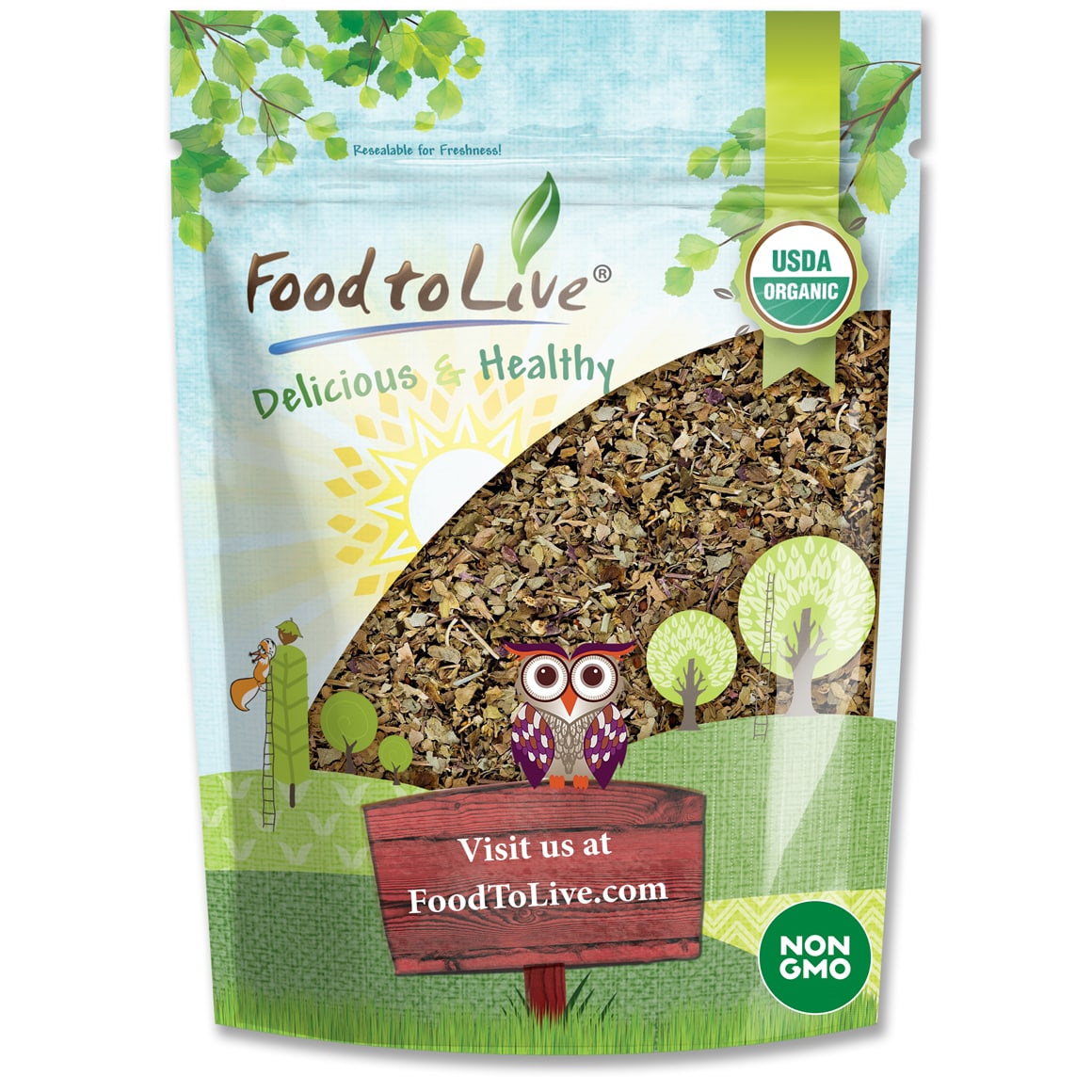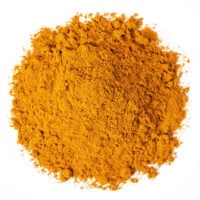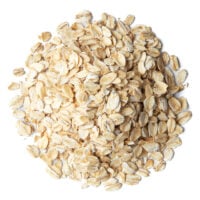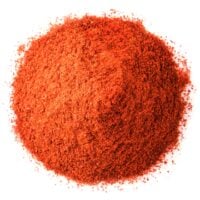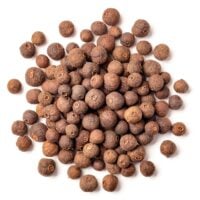- — Non-GMO, Vegan, Kosher
- — Good Source of Magnesium, Vitamins K, A, and C
Basil, scientifically known as *Ocimum basilicum*, is a fragrant herb that has been cherished in culinary traditions across the globe for centuries. Originally hailing from the warm climates of Asia and the Mediterranean, basil is revered not only for its delightful aroma but also for its strikingly vibrant green leaves. The plant itself is a member of the mint family, Lamiaceae, and typically grows to a height of 1 to 2 feet, boasting broad, ovate leaves with a slightly serrated edge. Its unmistakable sweet yet slightly peppery flavor profile makes basil a favorite ingredient in many kitchens.
Nutritional Value of the Basil Leaves
Dried basil leaves are more than just a flavorful addition to your culinary creations—they are also packed with essential nutrients that contribute to a healthy diet. One of the standout nutrients in basil is magnesium, a mineral crucial for muscle function, bone health, and maintaining a steady heartbeat.
In addition to magnesium, dried basil is a rich source of vitamins K, A, and C. Vitamin K is vital for blood clotting and bone metabolism, ensuring that your body can heal wounds and maintain strong bones. Vitamin A, on the other hand, is essential for eye health, immune function, and skin health, helping to protect against infections and maintain a clear, youthful complexion. Vitamin C, a well-known antioxidant, supports the immune system, helps in the absorption of iron, and promotes healthy skin and tissues by aiding in collagen production.
Ways to Use Dried & Cut Basil Leaves
Dried and cut basil leaves are incredibly versatile and can be used to elevate a wide range of dishes.
• Pizzas: Sprinkle dried basil over your pizza for an aromatic boost that complements the rich flavors of cheese, tomatoes, and meats. It pairs especially well with Margherita and vegetarian pizzas.
• Pesto : While fresh basil is traditionally used for pesto, dried basil can be a convenient alternative. Combine with garlic, pine nuts, olive oil, and Parmesan cheese for a quick and flavorful pesto sauce.
• Soups: Add dried basil to soups like tomato basil or minestrone for a depth of flavor that brings warmth and comfort to every spoonful.
• Sauces: Enhance your marinara or alfredo sauce with a dash of dried basil, adding complexity and a hint of sweetness that balances the acidity of tomatoes or the richness of cream.
• Salads: Mix dried basil with other herbs and spices to create a homemade Italian seasoning blend that’s perfect for sprinkling over salads, especially those featuring mozzarella, tomatoes, and olives.
• Herbal Tea: Dried basil leaves can be steeped in hot water to create a soothing herbal tea. This tea not only has a refreshing taste but also provides the health benefits associated with basil, such as digestive aid and stress relief.
How to Store Dried & Cut Basil Leaves
To maintain the freshness and potency of your dried basil leaves, proper storage is essential. Begin by ensuring that the basil is kept in an airtight container. Glass jars with tight-fitting lids, vacuum-sealed bags, or food-grade plastic containers work well.
Store the container in a cool, dark place, such as a pantry or cupboard, away from direct sunlight and heat sources like stoves or ovens. If stored correctly, dried basil leaves can maintain their best flavor and nutritional value for up to 1 to 2 years.
Black Lentil “Meatballs”with Tomato Basil Sauce



